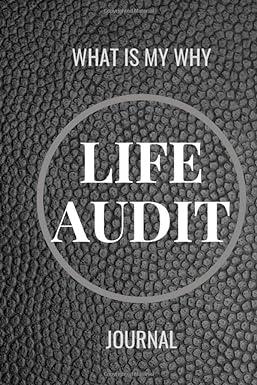Question
A government is contemplating an increase from $2 to $2.5 in the toll on a highway that is - at present - used by 9,000
A government is contemplating an increase from $2 to $2.5 in the toll on a highway that is - at present - used by 9,000 cars per day. After the toll increase, 7000 cars will use the highway each day. Assuming that the weekly marginal cost for use of the highway is $1.8 per car.
1. Represent graphically the weekly welfare changes in response to the increase in the toll and also calculate the change in government welfare, the change in consumer welfare, and the change in net social surplus.
2. In reponse to the reduced use of the highway, demand in the secondary market for train rides now increases. Assuming that the price of train rides is set equal to the marginal cost of operating the train and marginal costs are constant (I,e., supply schedule is horizontal), and no externalities are present, are there additional costs or benefits due to the increased demand for subway rides? Why or why not?
3. In response to the reduced use of the highway, demand in the secondary market for gasoline falls by 5000 litres per week. There is a 30% tax on gasoline, one that also existed prior to the new toll. Assuming that the marginal cost of producing gasoline is $0.5 per litre, that these marginal costs are constant (i.e., supply schedule is horizontal) and that a $1.3/litre negative externality results from the consumption of gasoline, are there any benefits or costs due to this shift? If so, what are they? Carefully explain your reasoning and determine the net annual surplus change of the toll-change policy.
Step by Step Solution
There are 3 Steps involved in it
Step: 1

Get Instant Access to Expert-Tailored Solutions
See step-by-step solutions with expert insights and AI powered tools for academic success
Step: 2

Step: 3

Ace Your Homework with AI
Get the answers you need in no time with our AI-driven, step-by-step assistance
Get Started


